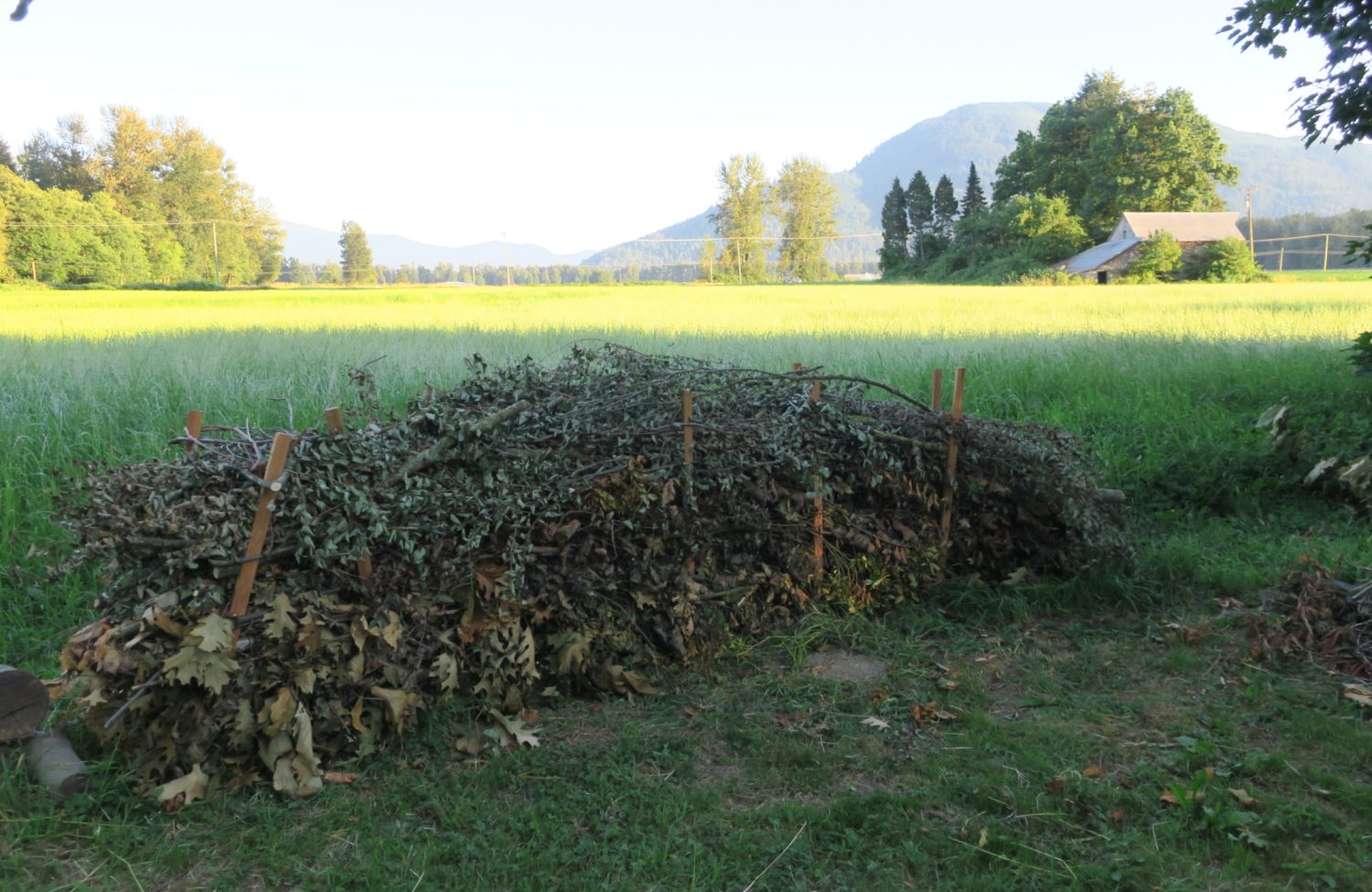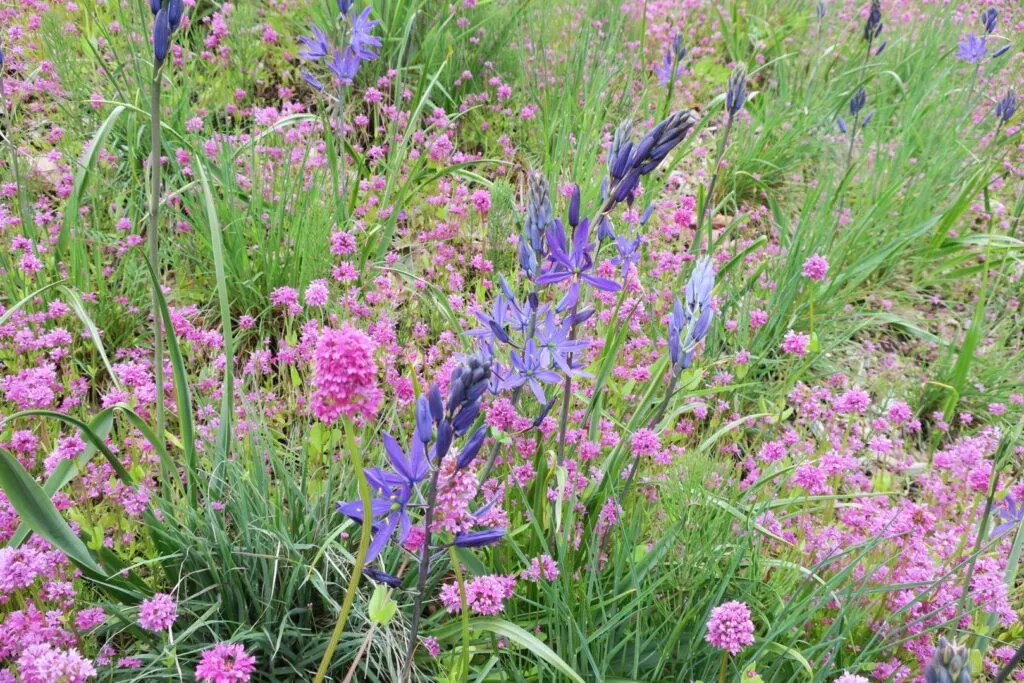Wurzelatlas: The Roots of Great Planting Design
Dec 2, 2022
Have you ever wondered why Dandelions are so hard to get rid of? Just one look at this drawing of its root system says it all. As you can see, they anchor the plant over 4.5m (14 feet) into the soil.
There’s a certain shorthand that an image can perform that carries a greater impact than words alone.
This illustration is one of the 1100+ invaluable drawings contained in the Wurzelatlas. With a name that translates literally as, Root Atlas, the Wurzelatlas is a series of seven volumes (published between 1960 and 2009) that contain more than 40 years of fascinating research on root systems.
How The Drawings Were Made
The work is that of a team of talented ecologists, botanists and educators including, Dr. Lore Kutschera, Dr. Erwin Lichtenegger and Dr. Monika Sobotik. They began by exposing and meticulously recording the plants in situ, as they occurred in the natural habitat. Excavating the soil particle by particle and drawing each and every aspect of the plant as they worked.
What became apparent was both, the sheer complexity of the root systems, and how they were responding to the conditions that they were grown in. Because the project began on agricultural land, their impact was immediate. Just think of that dandelion drawing and you can understand the way that a farmer might change their cropping and maintenance tactics.
The information shared in the Wurzelatlas was revolutionary and soon became the base of many aspects of modern horticulture, from organic agriculture to ecological planting design.
As the project continued through the years it evolved to encompass a wide variety of plants, shrubs and trees from many ecosystems mostly found in central Europe. Today, the series is considered the standard set of reference material in root research. In Fact, Dr. Kutschera's legacy continues today in the form of the International Society of Root Research (ISRR) which she founded in 1983.

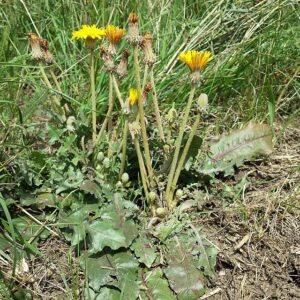
The Impact of the Root Atlas on Modern Planting Design
If you’re interested in horticulture, I’m sure that you’ve heard lots of complex concepts and ideas being discussed. Some of these can be difficult to catch on to but the theories behind many of them become readily apparent when you see these rootscapes and begin to visualize how the plants ultimately interact in nature and gardens.
Take a Heather for instance, with a shallow but far reaching root system it's well adapted to mineral soils, lacking in depth. Hence its use, and some might say overuse, in parking lots and commercial plantings.
Now that you see where I'm going, let's go through a few of the most popular planting concepts and compare them with Wurzelatlas drawings.
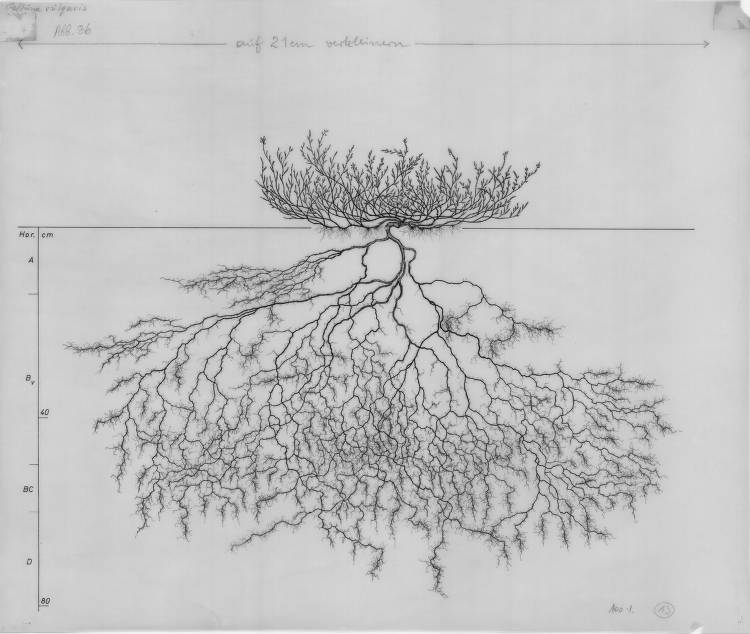
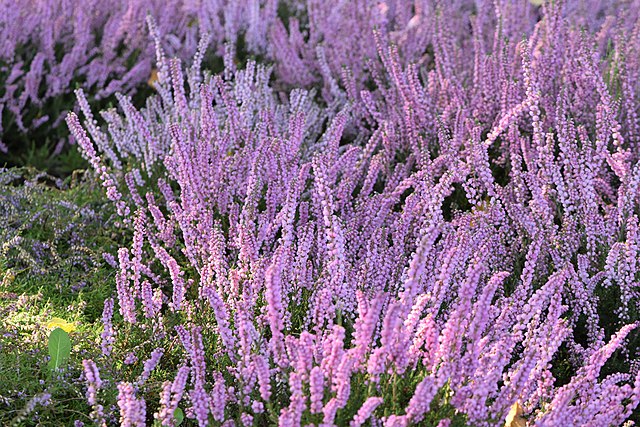
Climate Adaption and Resilience
Climate change has brought us an increasing number of extreme weather events. Floods, drought and severe temperatures are nothing new to plants and some are uniquely adapted to deal with them. As designers and gardeners we can build resilient plantings if we can understand what events are most likely to happen in a specific climate and match the plant material that will survive and hopefully thrive in them.
A plant like Eryngium, with its deep tap root can reach into the soil to find water in times of drought, just look how far it infiltrates.
The same goes for our long-term maintenance techniques, if you understand why a weed is so resilient you can adjust your removal or containment techniques. A Dandelion for instance won't be easily shifted, note that huge root system that digs deep into the soil. There's no point in topping it. It's also important to acknowledge that those same roots make it the perfect tool for mother nature to break up compacted and disturbed soils.
It's amazing how similar the two plants are when you see them next to each other.

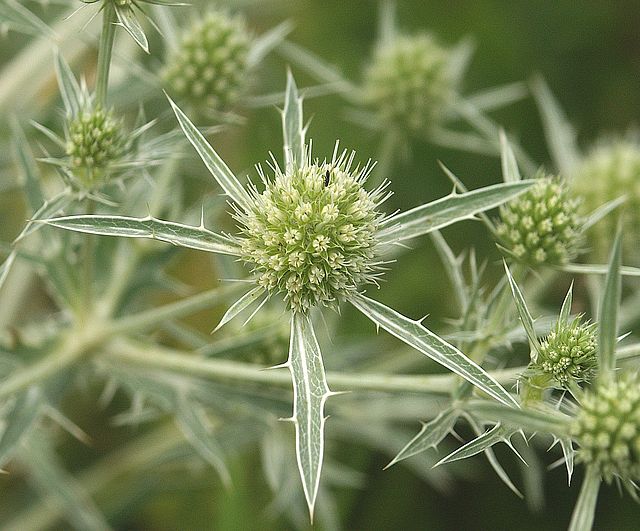
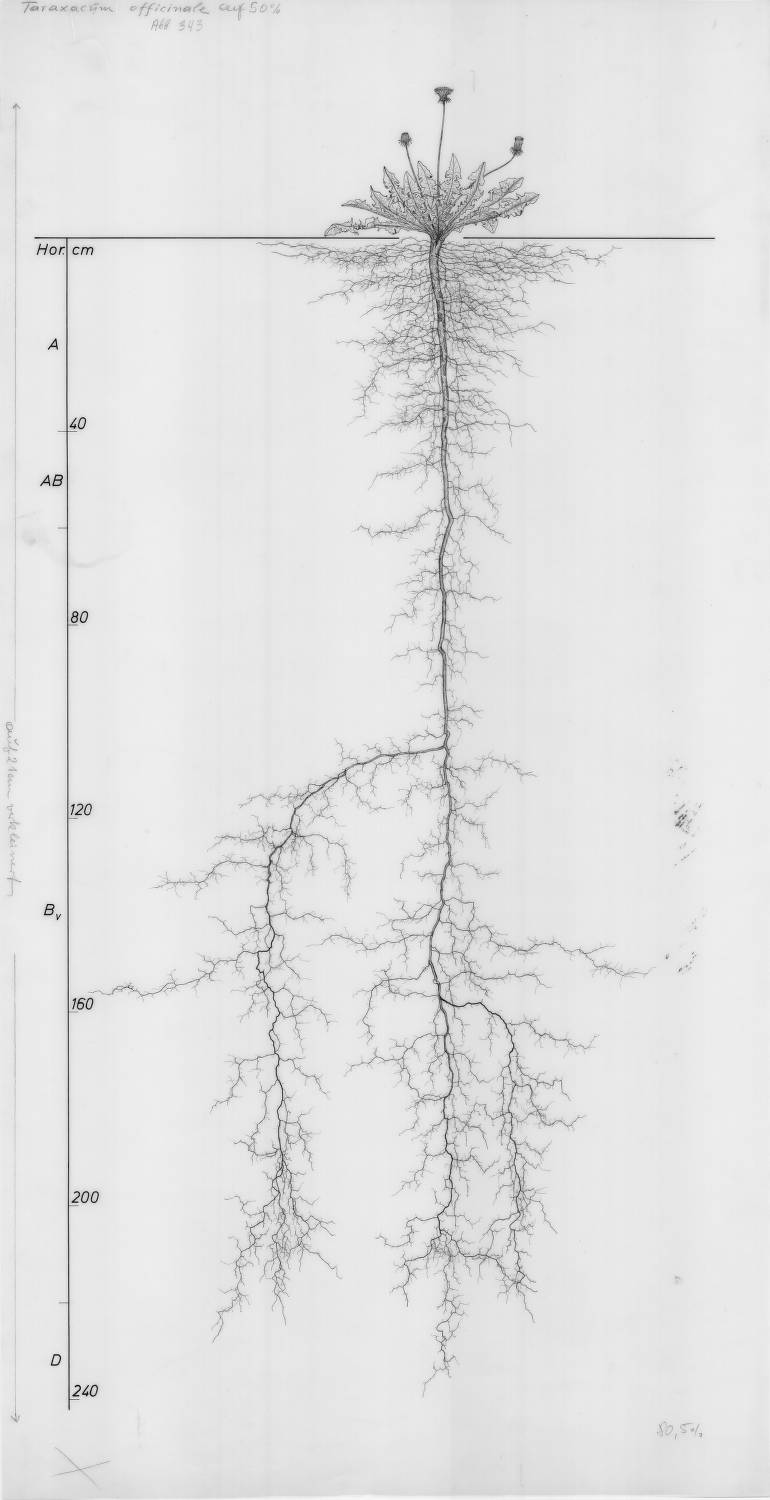
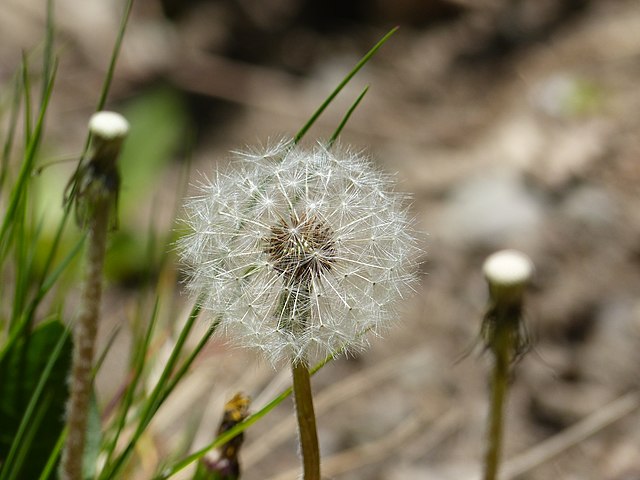
Plant Communities
Observing how plants grow together in the wild is another piece of the puzzle. The majority of plants do their best when living in groups where they can share information and resources, building a strong and resilient community. Much like a person living in a vibrant city rather than in isolation.
When you see the Atlas's drawings of different plants and visualize what all of those roots systems might look like under the soil, growing together and interconnecting you can really get a sense of just how important and complex plant groupings can be.
As you can imagine, a variety of root types and plant survival strategies work well together. They fill all of the niches in the soil and weave together with strands of mycelia; populated by soil micro organisms and insects to create a rich and diverse community that can better survive extreme weather events.
For example, deeper fibrous roots like those of a Stipa grass mix well with shallow bulbs like Allium and the widespread fan of a ground cover such as Ajuga.
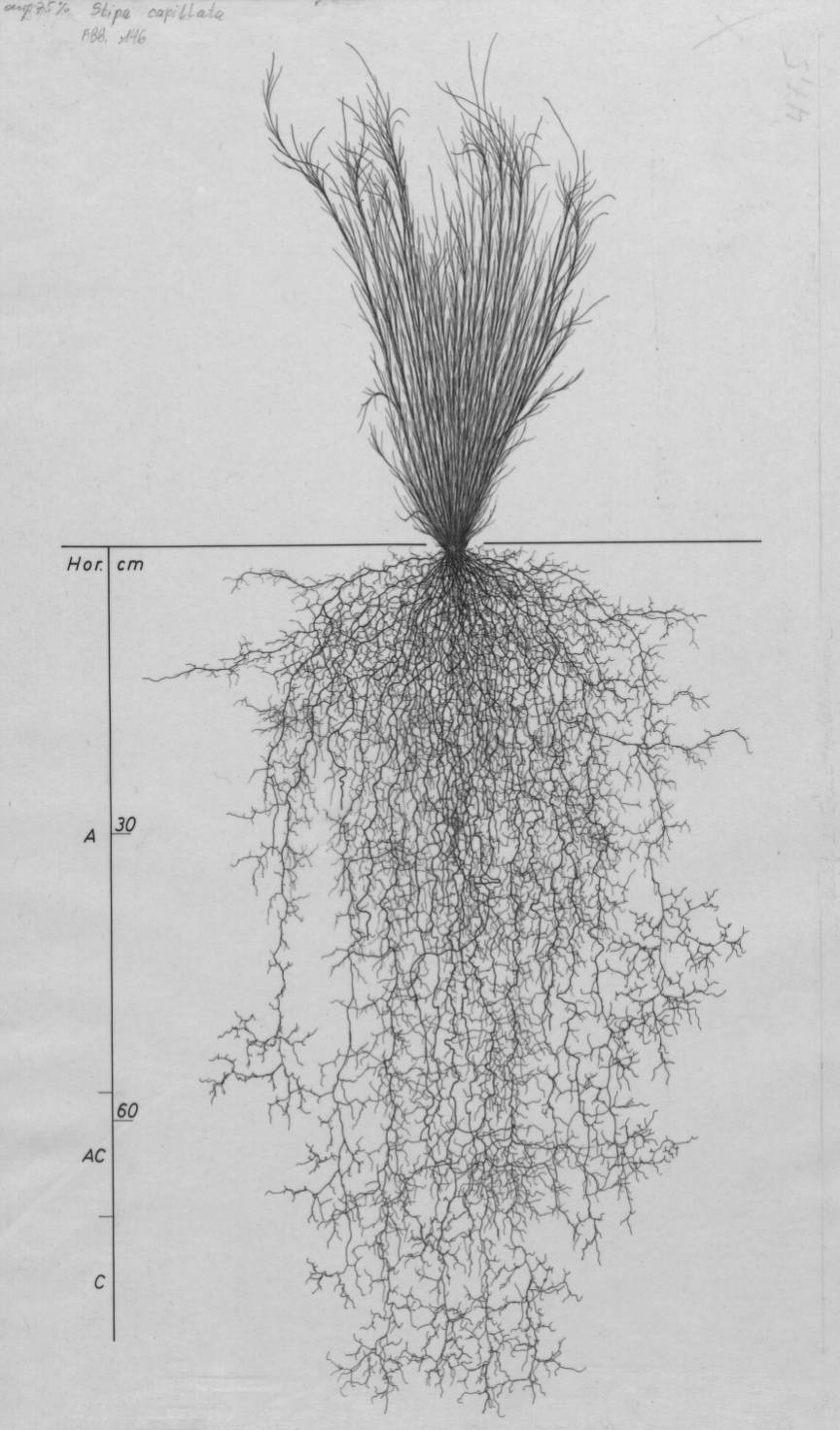
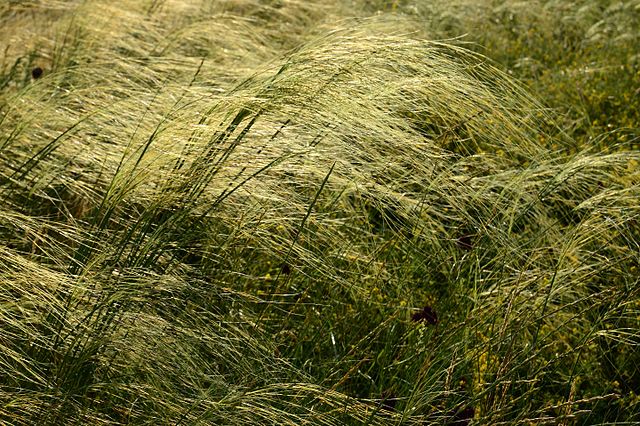
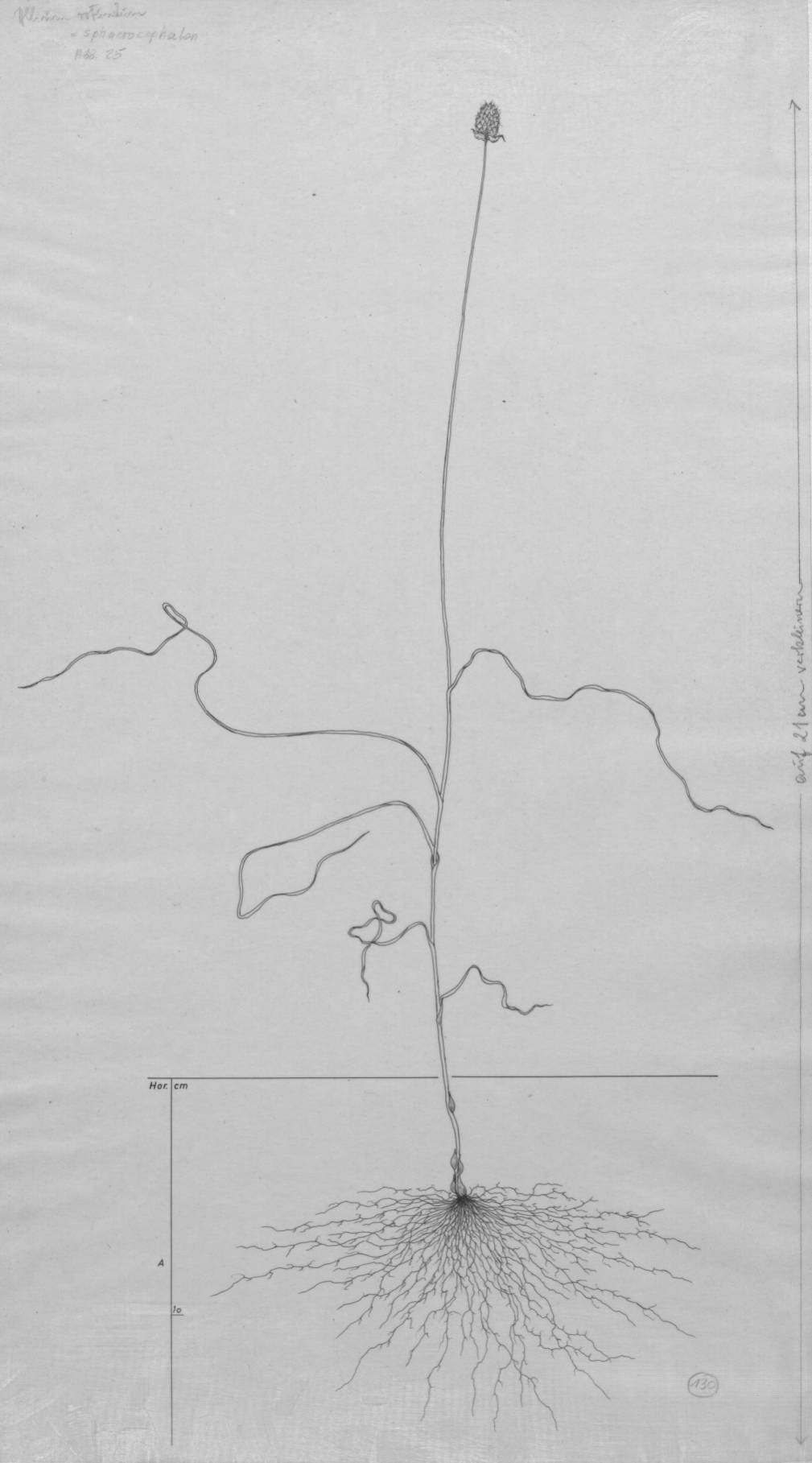
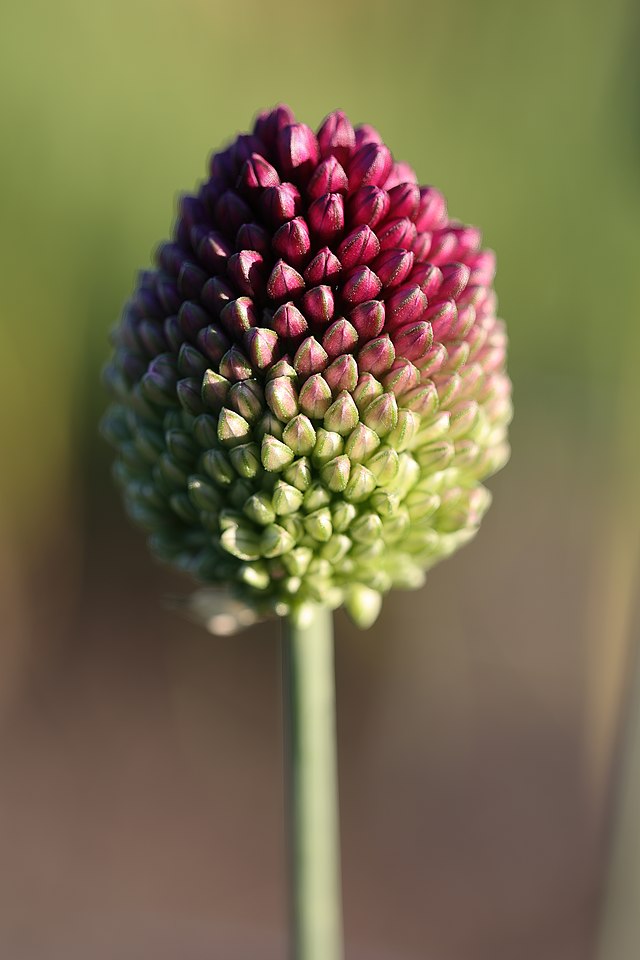
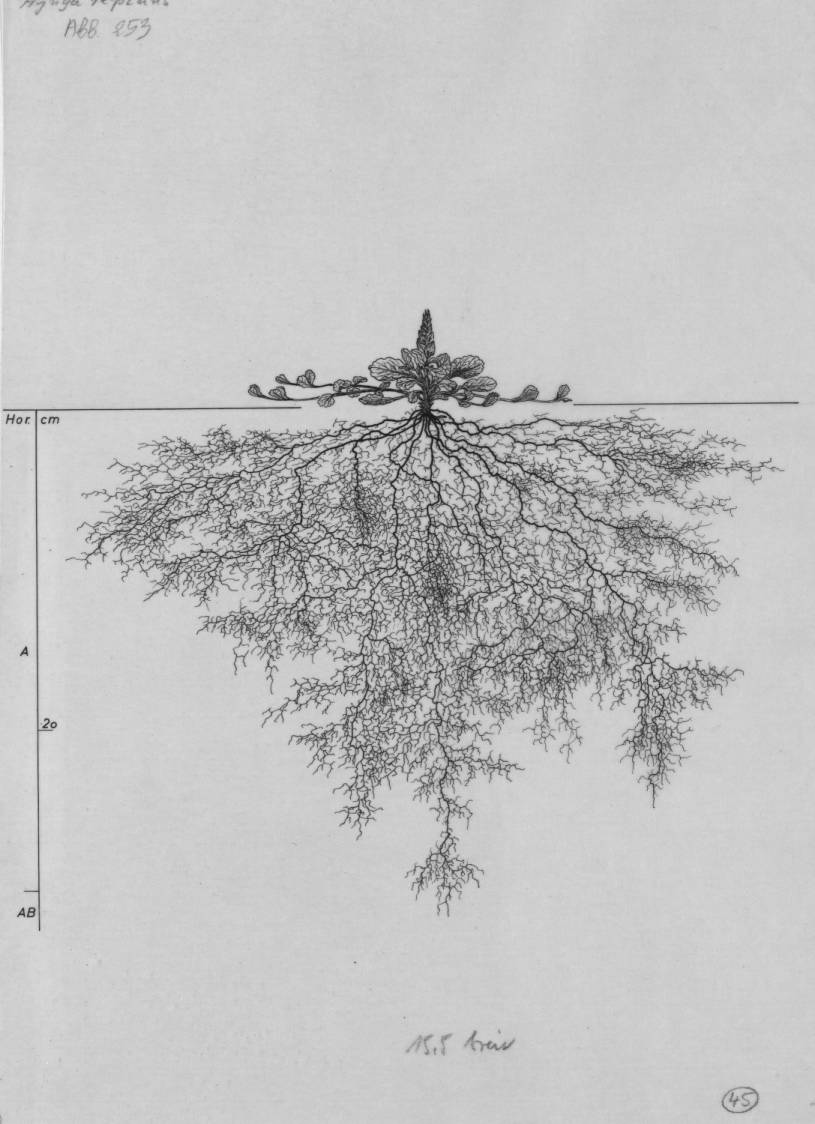
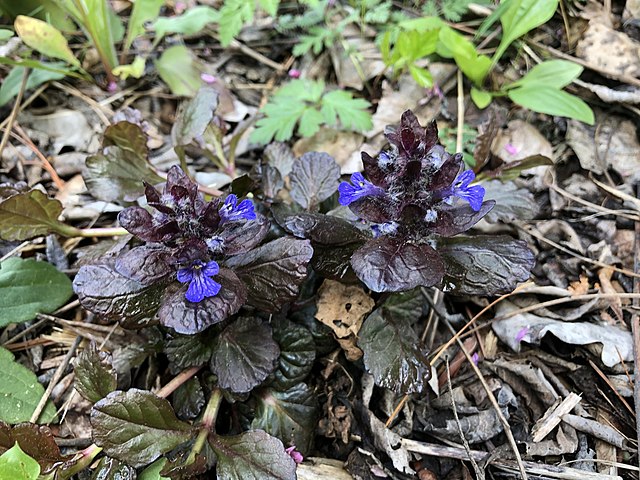
Plant Sociability Metrics
Every plant has evolved to deal with specific conditions. Sociability Metrics are a way to assign ratings to each plant based on their individual adaptions and their corresponding survival strategies. It considers things like how resilient they are to stress or competition, plus the patterns and density of planting that they prefer.
We use several kinds of metrics including:
C-S-R ratings, that consider how each plant deals with Competitors (C), Stressors (S) and Rudurals (R aka disturbance).
Plant Sociability Index (PSI) which grades the material based on their preffered groupings and patterns in the wild. They are assigned a rating from, Grade I (those that exist as single specimens or are in small clusters (non-invasive) up to Grade V (plants are defined as those that colonize large areas).
And finally, Performance Factors , which considers multiple facets such as longevity, ability to spread, persistence and ability to seed.
All of these systems combined can help us to predict how a specific plant may behave within a designed plant community. And, as we view the root drawings of the Wurzelatlas, we can see these factors as the appear in situ, in black and white.
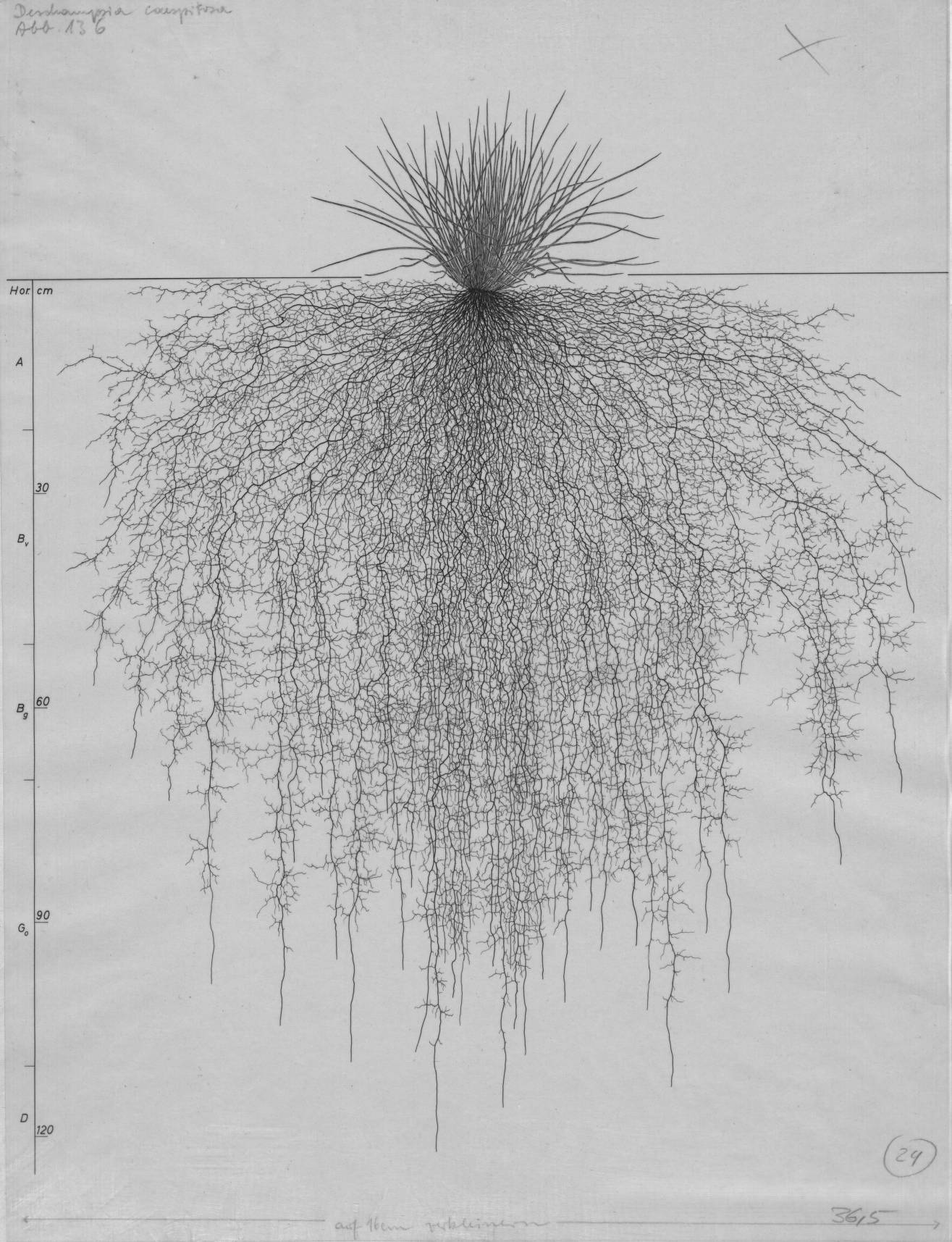
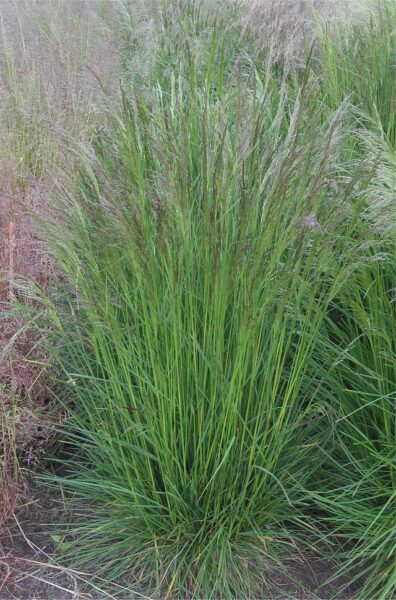
Let's look at Deschampsia for example,
C-S-R rating: Competitor with some Stress tolerance (C, C-S)
PSI: Grade I, plants that exist as single specimens or are in small clusters (non-invasive)
Performance Factors: longevity (10+ years), ability to spread (moderate growth rate), persistence (out competes others through density of roots), ability to seed (slow to seed)
So, we can say that those dense fibrous roots make this grass a long-lasting perennial that will stay where it's planted. And, that it can be planted on its own and won't be easily over taken by other species. I mean look at those roots, this is a strong plant that would be great for erosion control and can take some environment stress as long as it's not sustained.
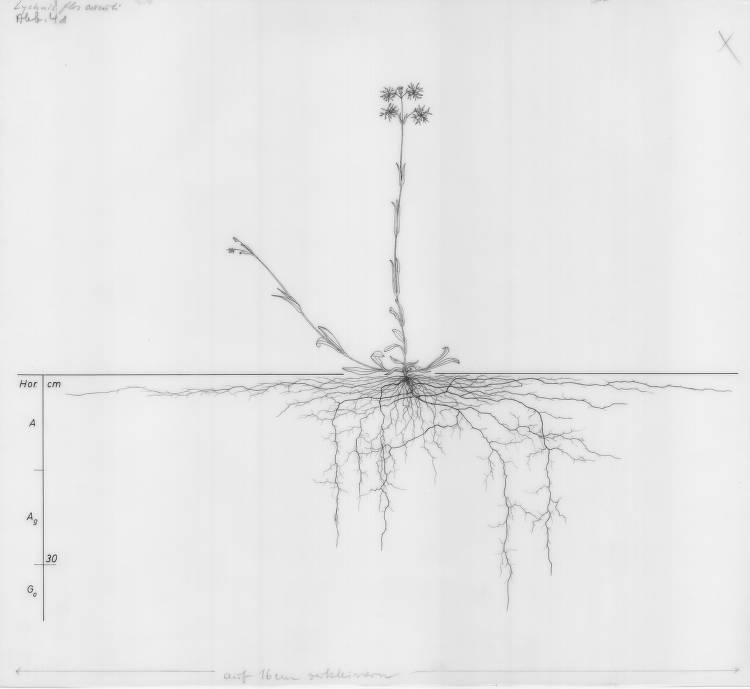
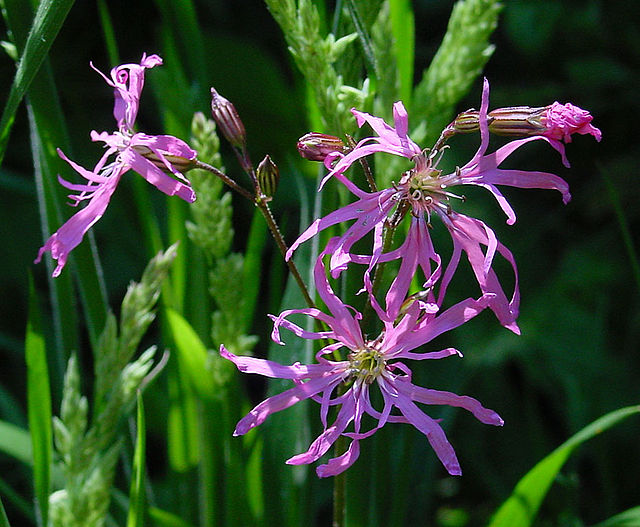
Here's another one for contrast, Ragged-robin,
C-S-R rating: R (ruderal)
PSI: Grade V (plants that colonize large areas)
Performance factors: longevity (perennial), ability to spread (single plants are vulnerable), persistence (outcompetes others through density of plant groupings), ability to seed (profuse self-seeding).
Here, we have a perennial that's partial to damp meadows. It thrives in disturbed soils and self seeds like nobodies business. So, depending on its neighbours, Lychnis flow-cuculi can either be a thinly seeded pop of colour or a dense stand of invasive plants. And, you can easily see that when looking at the Root Altas drawing for Lychnis. The plants loose stretching root system is adequate structure for a single flower stock and seed head, that growing in isolation, it is quite vulnerable but in large numbers can outcompete neighbours.
Sustainable and Ecological Design
There's a real movement towards multi-functional landscape design at the moment; finding a balance between human desires and natural processes.
The aspects of public green spaces that we all want, include beauty but aren't limited by it. It's about working with nature rather than attempting to tame it. Including maintenance goals that extend well beyond design and planting alone. Creating inclusive gardens rather than exclusive ones.
We advocate building plant communities and using research like root and pollinator science to best inform soil and plant choice for long-term ecological function. Choosing plants that take into account all of the spaces stakeholders:
Humans - utility, hardscape, buildings, access, maintenance, seasonal beauty, therapeutic value, budget, resource usage.
Wildlife - habitat, food and water sources, through all seasons.
Plantlife - regeneration, habitat, nutrient needs, ability to form communities.
For example, Salvias are strong resilient, long-lived perennials with far reaching root systems that help knit together groupings. And, Dianthus gives a beautiful effect in a planting but also has deep set roots that can search for water and nutrients in dry conditions.
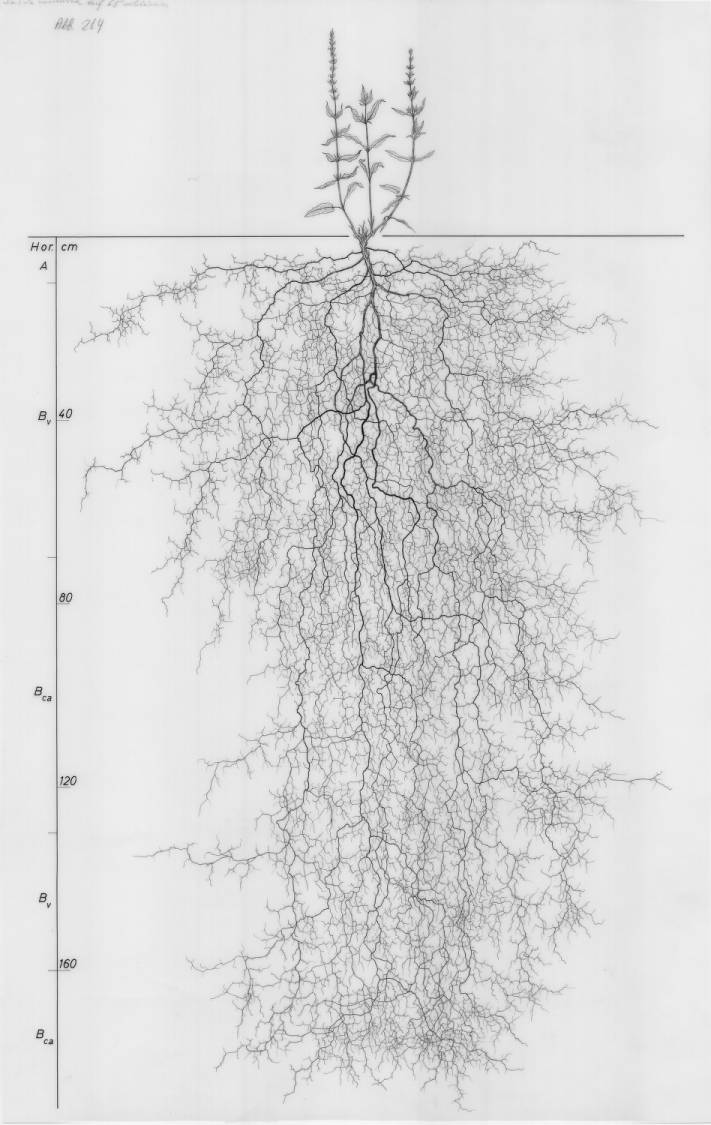
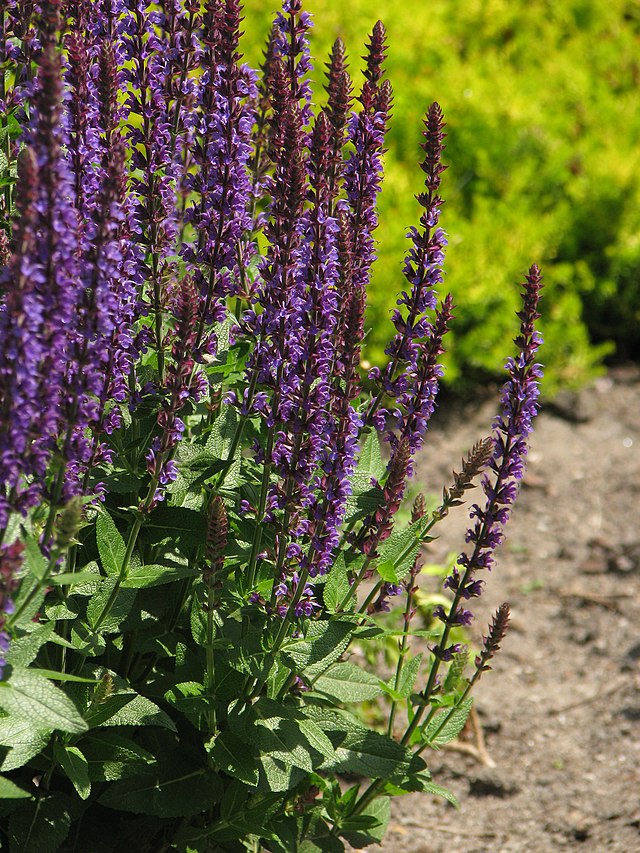

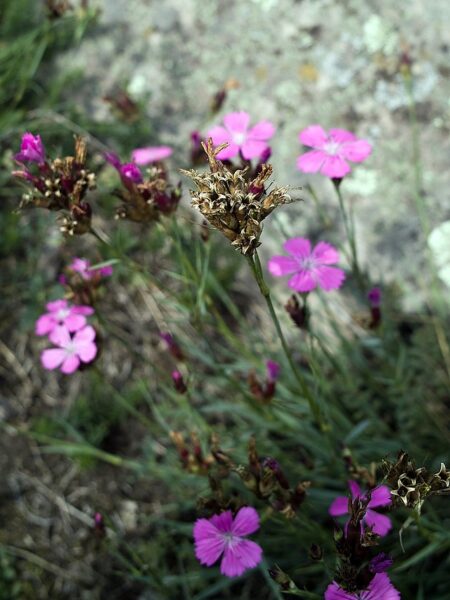
Novel Ecosystems and Regenerative Plantings
Planting design has begun to utilize all of the concepts above in an attempt to create new ecosystems that are capable of regenerating themselves year after year with little to no human interaction.
A novel ecosystem is one that’s planned (that doesn't exist in nature) based on the current existing conditions (or those added in the case of new construction) in a space rather than what may have been there before settlement. Since the vast majority of the urban landscape has been greatly disturbed, the restoration of past systems may be impossible or undesirable.
The most complete regenerative systems are often those used in habitat restoration/ reclamation projects in naturalized or wilderness areas. But, that's not to say that and urban planting can't utilize some of these techniques.
A few cornerstones of novel and regenerative designs involve:
Direct seeding - Let those roots grow and expand in situ rather than pots, where possible. Seeding is also great to increase density, protect soil and save money.
Dense plantings - Plants in closer proximity to each other knit together faster and create resilient communities. This leaves less space for weeds and protects bare soil from erosion.
Allowing nature to do her thing - Nature is perfectly functional on it's own. Our role is simply to help it along (after all, we're usually the ones that interfered in the first place). So, we choose to design and maintain plantings with a holistic approach based in the science of ecology and you can too, it's not as difficult as it may seem.
As you can see in the Wurzelatlas, plants like Potentilla and Armeria may seem somewhat insignificant above ground but there is so much more happening below.
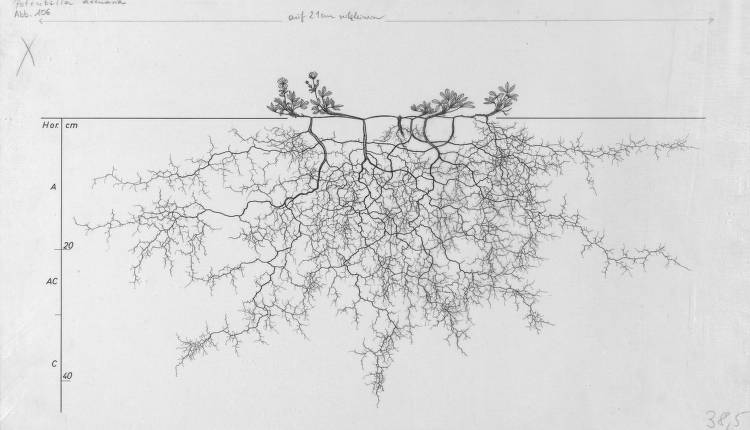
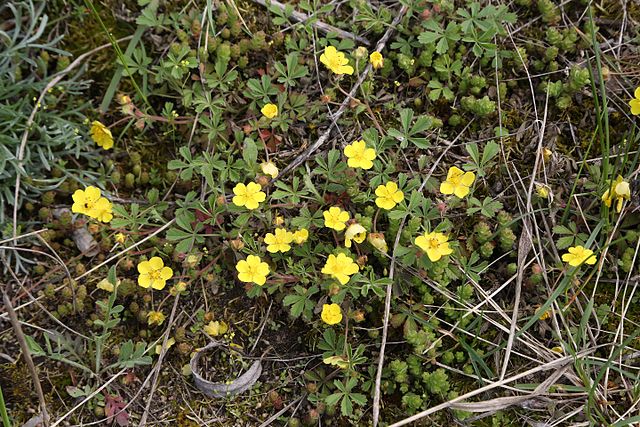


The Tip of the Planting Iceberg
In short, there’s a great deal going on in our parks and gardens that we simply don’t see, and roots are just a small part of it. Roots, mycelia and microscopic soil organisms, moisture, air and so much more are all equally important parts of our environment that we need to consider a bit more as we build green spaces. So, the next time that you’re around plants, stop for a moment and think about the Wurzelatlas and it’s fantastic rootscapes, and all that's going on right under your feet.
For more information on the Wurzelatlas, you can pick up a copy where books are sold (you may have to search for some of the earlier volumes) or visit the drawings online at Wagingen University and Research.
And finally, we owe Dr. Monika Sobotik, of the Plant Sociological Institute and co-author of the Wurzelatlas a huge thank you for allowing us to post the root drawings used in this article.
Sara-Jane & Alicia at Virens
Our studio specializes in ecological planting design, urban greening consultation and horticultural writing, in the Vancouver, Canada area. Please visit the site for more great blogs, get in touch about our services and follow us on instagram @virensstudio. Happy Gardening!
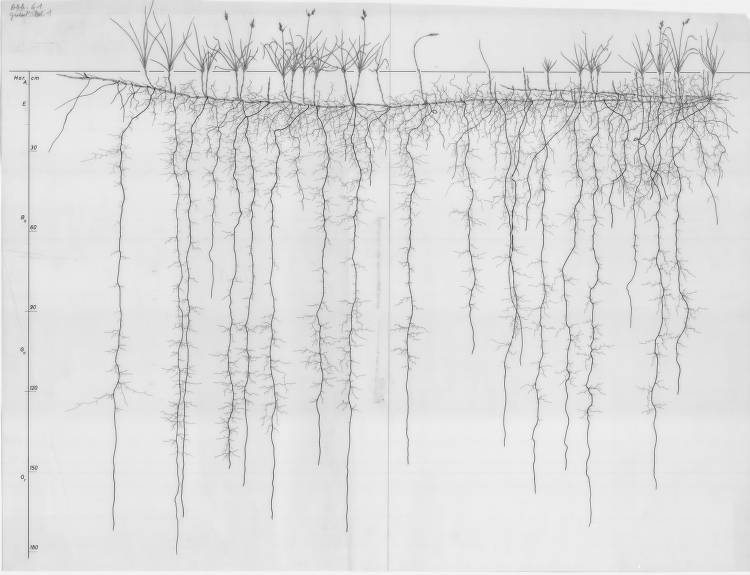
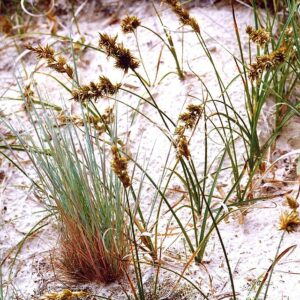
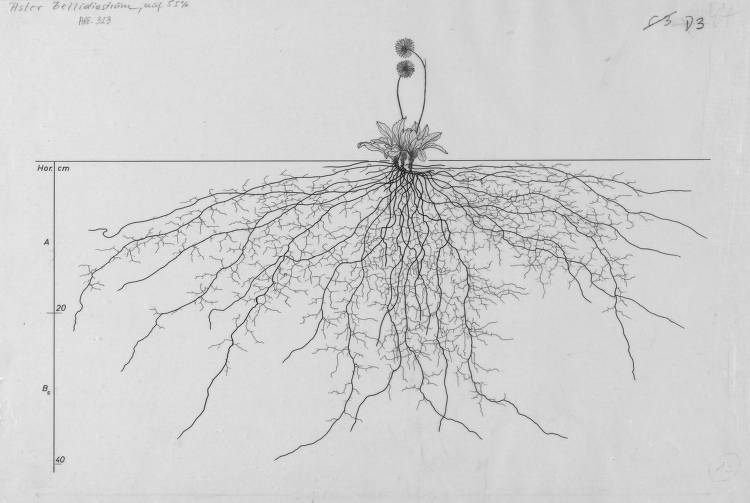
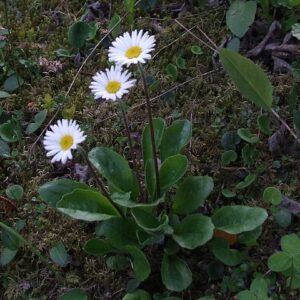
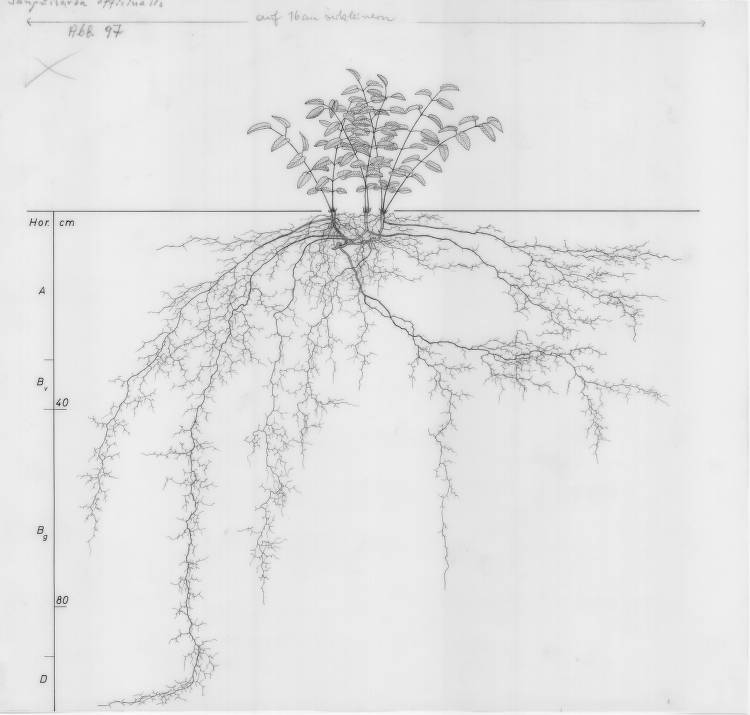
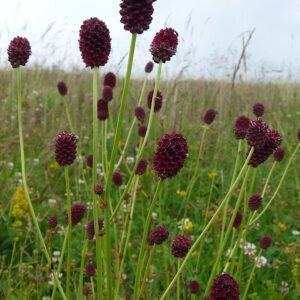
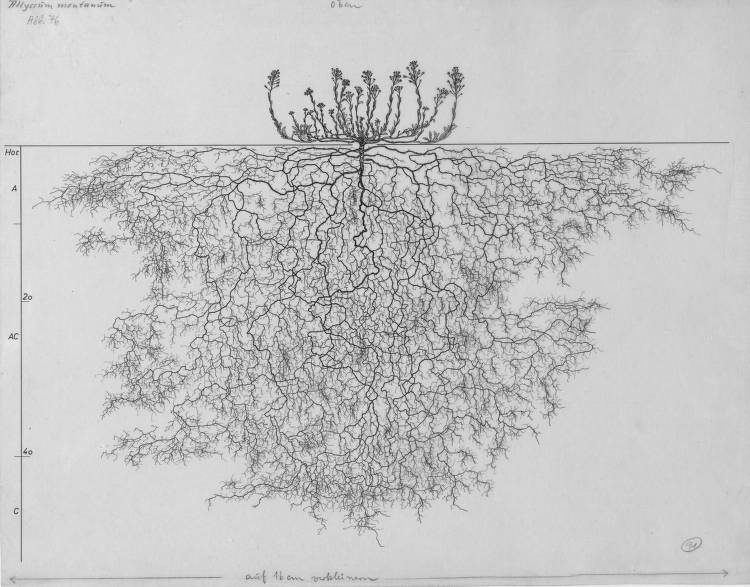
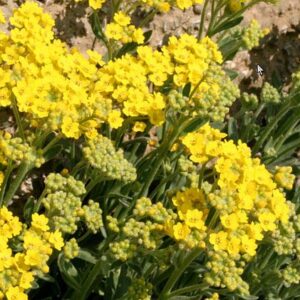
© Virens Studio 2023 (all photos are used for demonstration purposes and do not necessarily belong to us.)
I have to admit, the life of a medieval woodsman appeals to me. Enjoying a cup of tea brewed fire-side, after a long but rewarding day of building dead hedges, hedge laying or producing various coppice crafts. Then retiring to a cozy caravan parked up beneath the stars. Traveling the countryside and living close to…
How to Build a Dead Hedge: What’s Old is New Again
If you’re interested in planting design, ecological gardening or urban landscape design, you’ve probably come across some rather academic phrases. Like, building plant communities and novel ecosystems, plant sociability metics and more. These may seem like concepts that are out of your grasp, too intellectual or just aren’t applicable to you. But, I would venture…
You’ve Heard of Right-Plant, Right-Place: Now Add Right Maintenance
aka Garry Oak Ecosystem aka White Oak, Oregon Oak or Oregon White Oak There’s nothing quite like British Columbia’s coastal Garry oak ecosystem in the spring; a softly undulating dreamscape of purply-blue Camassia punctuated by low twisted oaks and mossy boulders. It’s beauty can be overwhelming. But this landscape doesn’t exist in a vacuum, it…
